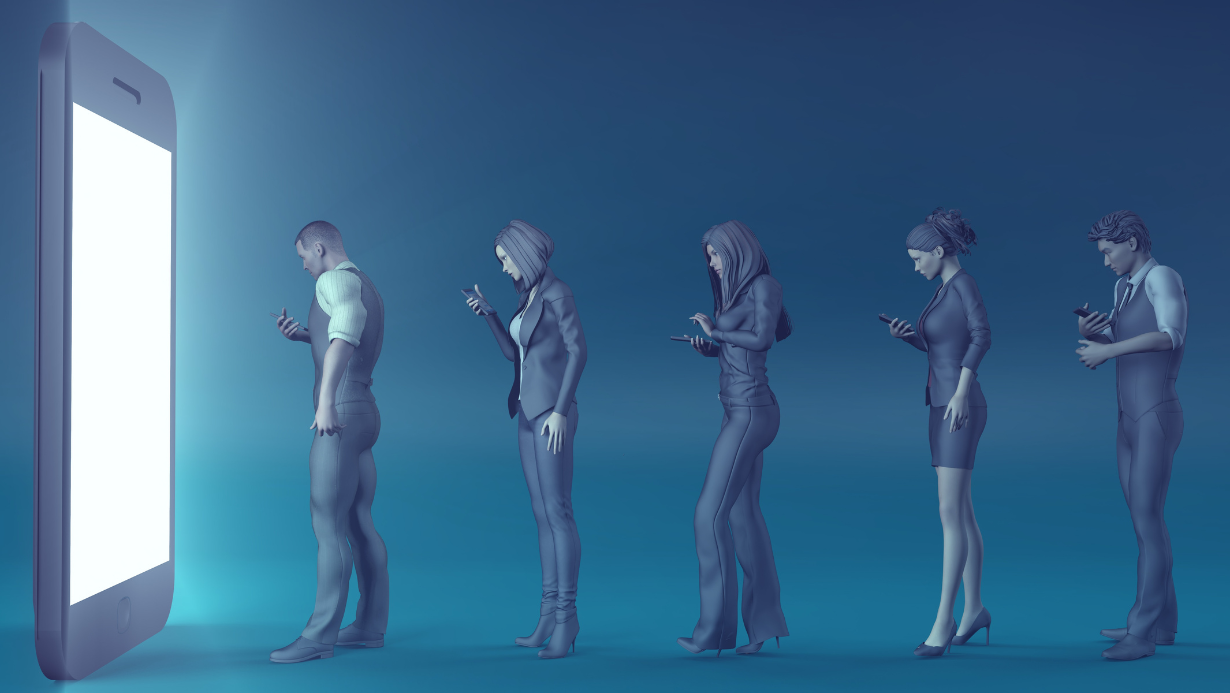The landscape of human labour has witnessed a dramatic transformation over the course of history. From ancient Egyptians hauling enormous stones for pyramid construction, to medieval knights toting hefty swords and armour, humanity has a rich history marked by intense physical labour. Yet, in the space of a few centuries, we’ve transitioned from brute strength to mental might. This shift, however, comes with its own set of challenges.
The ‘muscle era’ of humanity is an impressive testament to physical resilience. Picture the scene: manual labourers in ancient Egypt orchestrating a colossal ballet of human strength and endurance. Stones, each weighing several tons, were moved across vast distances, painstakingly hauled into position to create the awe-inspiring pyramids, still standing today as wonders of the world. Likewise, imagine the knights of the Middle Ages, masters of warfare, wielding massive swords and shields while encased in heavy, cumbersome armour.
This physical prowess was an essential survival tool, but the advent of machines and technology catalyzed a shift. The Industrial Revolution marked the transition from manual labour to machine-powered productivity, significantly reducing the demand for physical strength in everyday tasks. With machines taking up the heavy lifting, the human role evolved to overseeing these machines, troubleshooting issues, and refining processes – tasks requiring a different kind of strength: mental acuity.
Fast forward to today, the Information Age has further advanced the transition towards intellectual labour. The internet, smart devices, and artificial intelligence (AI) now dominate, enhancing our mental capacities and transforming how we work, learn, and interact. As Albert Einstein once said, “The measure of intelligence is the ability to change,” and change we have, but not without consequences.
While these advancements have undoubtedly improved our lives, there’s a potential downside. Just as the mechanization of physical tasks led to a decrease in our physical strength, there’s a looming concern that the digitization of mental tasks could lead to a decrease in our mental strength. With AI systems increasingly capable of performing complex mental tasks, from predicting consumer behaviour to diagnosing diseases, are we at risk of mental atrophy?
However, it’s important to remember that while machines can augment our abilities, they can’t replace our uniquely human traits—creativity, empathy, and critical thinking. As the philosopher and cognitive scientist Daniel Dennett once said, “There’s no such thing as philosophy-free science; there’s only science whose philosophical baggage is taken on board without examination.”
In the same vein, there’s no such thing as AI without human input. As we move further into the age of AI, our task is not to compete with machines on their terms but to focus on the skills that make us uniquely human. We must foster our critical thinking, creativity, and emotional intelligence, and continue to adapt and grow in the face of change.
The strength of humanity has always been in our adaptability. From brawn to brain, from pyramids to AI, our strength evolves as our environment does. While machines may take over certain tasks, the future of humanity will depend on our ability to leverage our unique human strengths, to adapt, and to continually redefine what strength means in a rapidly changing world.
The key to preventing a decline in our mental strength lies in finding the right balance between utilizing AI and other advanced technologies and maintaining our ability to think, create, and innovate independently. This will require a shift in our education systems and workplace cultures to prioritize critical thinking, problem-solving, and creativity over rote memorization and repetitive tasks.
As we stand at the precipice of a new era in human labor, it is crucial that we consider the potential impacts of our increasing reliance on AI and other advanced technologies. While machines have undoubtedly improved our lives in many ways, we must be vigilant in ensuring that we maintain our mental strength and agility. By fostering a culture of learning, curiosity, and innovation, we can harness the power of technology without sacrificing our uniquely human abilities.


